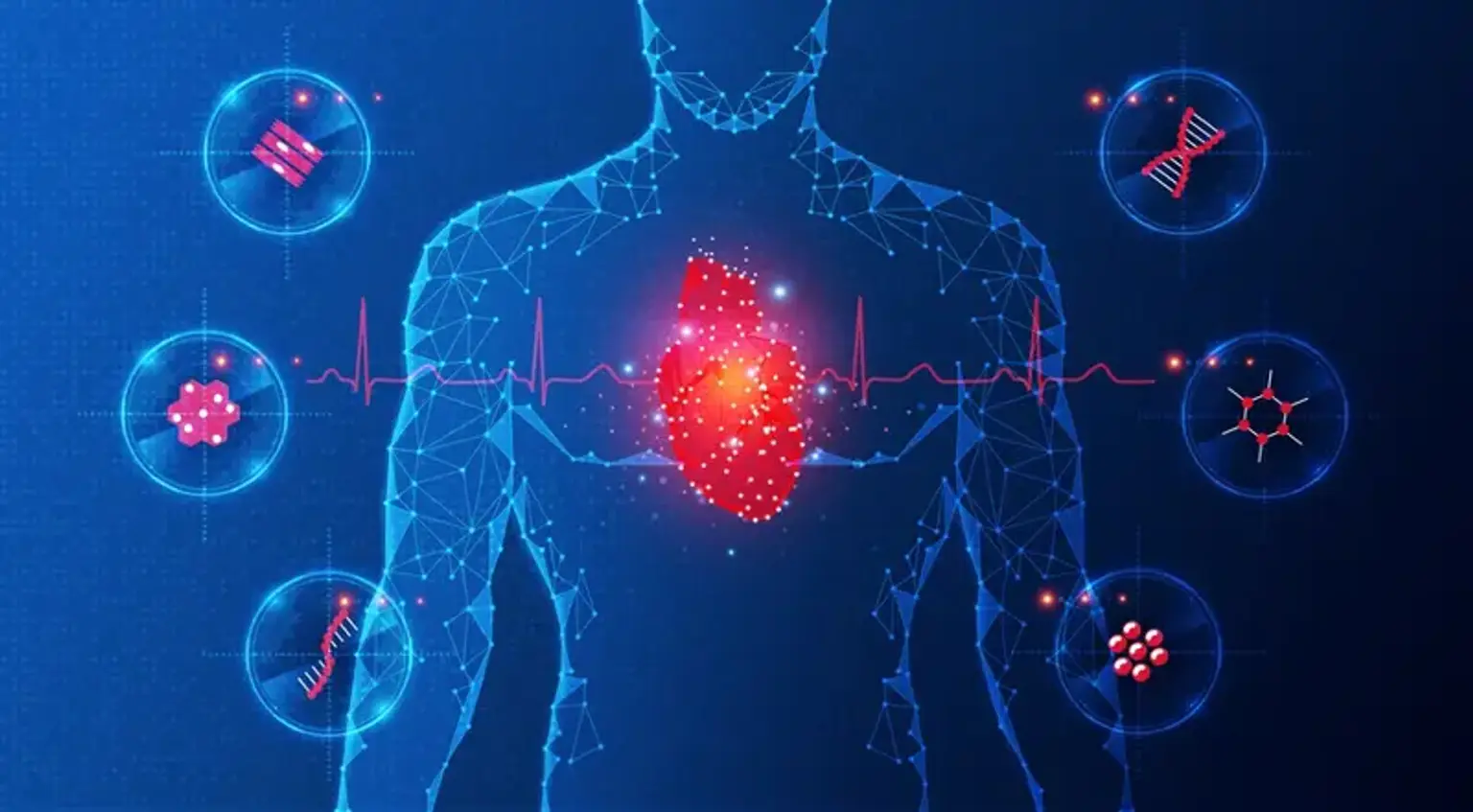Cardiovascular toxicities of cancer therapy
What is Cardiotoxicity?
Cardiotoxicity refers to cardiac damage caused by some cancer therapies or medications. It can appear years after cancer treatment, especially in people who were treated as children. Certain cancer therapies are more likely to cause cardiotoxicity.
Cancer medications and therapies can cause direct cardiac damage. This is referred to as cardiotoxicity. Patients used to be focused on healing from cancer, but as cancer survival has grown, so has the prevalence of cardiac problems connected with chemotherapy and radiation.
Cardiotoxicity can make it difficult for your heart to flow blood throughout your body as efficiently as it should. It can progress to cardiomyopathy, a heart muscle problem that makes it difficult for your heart to pump blood.
